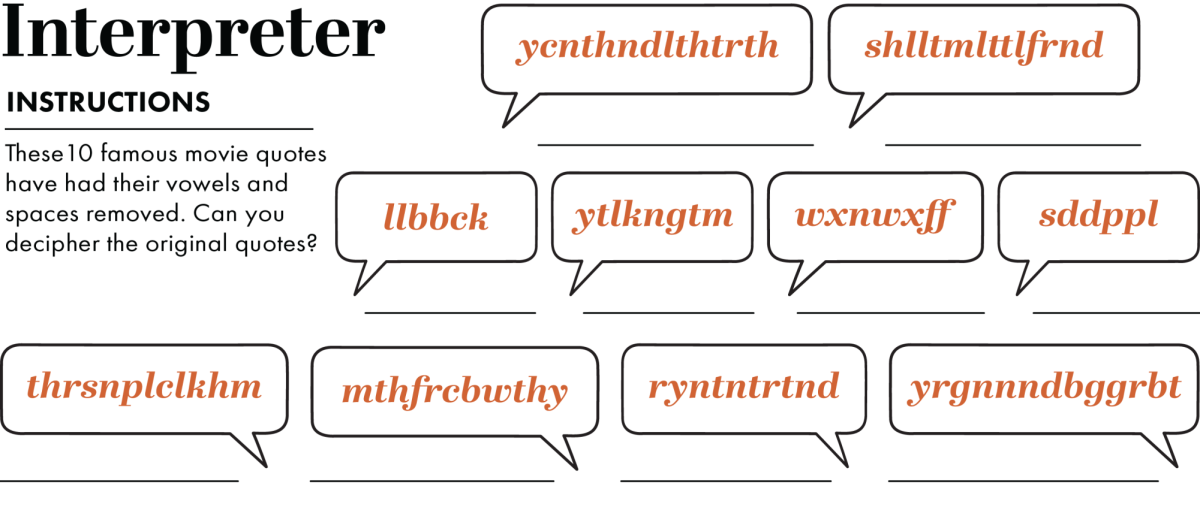Officials expect that incoming financial aid offers should be given out to incoming students by May 1 following delays in the Free Application for Federal Student Aid process.
According to Oregon State University Director of Financial Aid Keith Raab, this comes after delays in disseminating applicant information to universities and colleges.
“We still don’t know who has applied or anything of that nature, but they’ve told us that they will get us those applications by the middle of March,” Raab said.
Raab said the May 1 deadline is possible as long as there are no further delays to this information and Banner, the software OSU uses for student information, can be updated. Offers for returning students will come after offers are given to incoming students.
According to Jon Boeckenstedt, vice provost of enrollment management, the Department of Education was mandated to do the FAFSA simplification process three years ago by reducing the number of questions and including the ability to pull tax information from the Internal Revenue Service.
Numerous delays for the FAFSA to roll out after its usual release date of Oct. 1 continued until Dec. 31, the date the Department of Education was required by law to publish the FAFSA.
Various senators and members of Congress, including Jeff Merkley, Val Hoyle and Ron Wyden, signed a letter asking the Department of Education for clarification on how they are handling these issues.
“We’re trying to communicate with admitted students and parents that it’s time to get that FAFSA done and get it in and that an OSU education is still achievable despite all the things they’ve might have heard about how rough the FAFSA was at the start,” said Noah Buckley, OSU director of undergraduate admissions.
According to Buckley, the FAFSA was only open for some of the time in the beginning as a result of technical issues and the Department of Education has been slow in getting systems set up to provide colleges and universities with the information of FAFSA applicants.
In a typical year, OSU would be receiving FAFSA information for incoming students early in the winter.
“A certain percentage of our incoming class last year filled it out by this time, and a much lower percentage this year has filled it out, so that makes us nervous,” Buckley said.
The biggest population of students having issues with the FAFSA are those with parents who do not have a social security number, according to Raab, with no good fixes in place. The Department of Education plans to have a fix for it by mid-March. More information can be found here.
“If a student can wait until then, we would encourage a student to wait,” Raab said, referring to students with parents who do not have a social security number.
However, Raab encourages students in this situation with scholarships or other considerations that have deadlines to do the FAFSA to contact the scholarship provider for guidance on whether to try to fill out the FAFSA or wait.
“I don’t want to recommend a student wait for the fix in mid-March and miss that deadline, so we’re encouraging people (to) reach out to those scholarship providers or other organizations,” Raab said. “See if that deadline is still in force, and if it is, go ahead and try to do your FAFSA.”
For the majority of students, the FAFSA is working well, with some reporting that the process was easier, shorter and smoother according to Raab. With changes to the formula that evaluates students’ financial standing, more students should qualify for the Pell Grant, and those already eligible should be eligible for more money.
“We are anxiously awaiting that improvement to get out to everybody,” Raab said regarding the smoother process.
However, according to Buckley, less students are filling out the FAFSA this year when compared with last year’s number.
This comes at a time where OSU has a significant number of applicants, according to Buckley.
“Most of our students for next year are now admitted and they haven’t filled out the FAFSA,” Buckley said. “They need to fill out the FAFSA ASAP. If they have filled out the FAFSA, it’s a bit of a waiting game right now.”
According to Buckley, as long as students fill out the FAFSA by the priority deadline, which is now March 31, they will be considered for any of the aid they would qualify for, but after the deadline, students risk missing out on aid that they would qualify for. Sources of financial aid such as Stafford loans and Pell Grants are available regardless of when the FAFSA is filled out.
“So much of enrollment, especially for Oregon residents, hinges on the availability of that financial aid,” Boeckenstedt said. “We can maybe provide some students some estimates of aid but we know that no one can make a commitment or a decision until they actually get official verification of what they’re going to be eligible for.”
Despite the challenges of the current school year, Raab expects that the changes made to the FAFSA will have significant long-term benefits for families, making it easier with fewer challenges and bugs in the system. According to Raab, the Department of Education said that the release date for the FAFSA will return to Oct. 1 for the next school year.

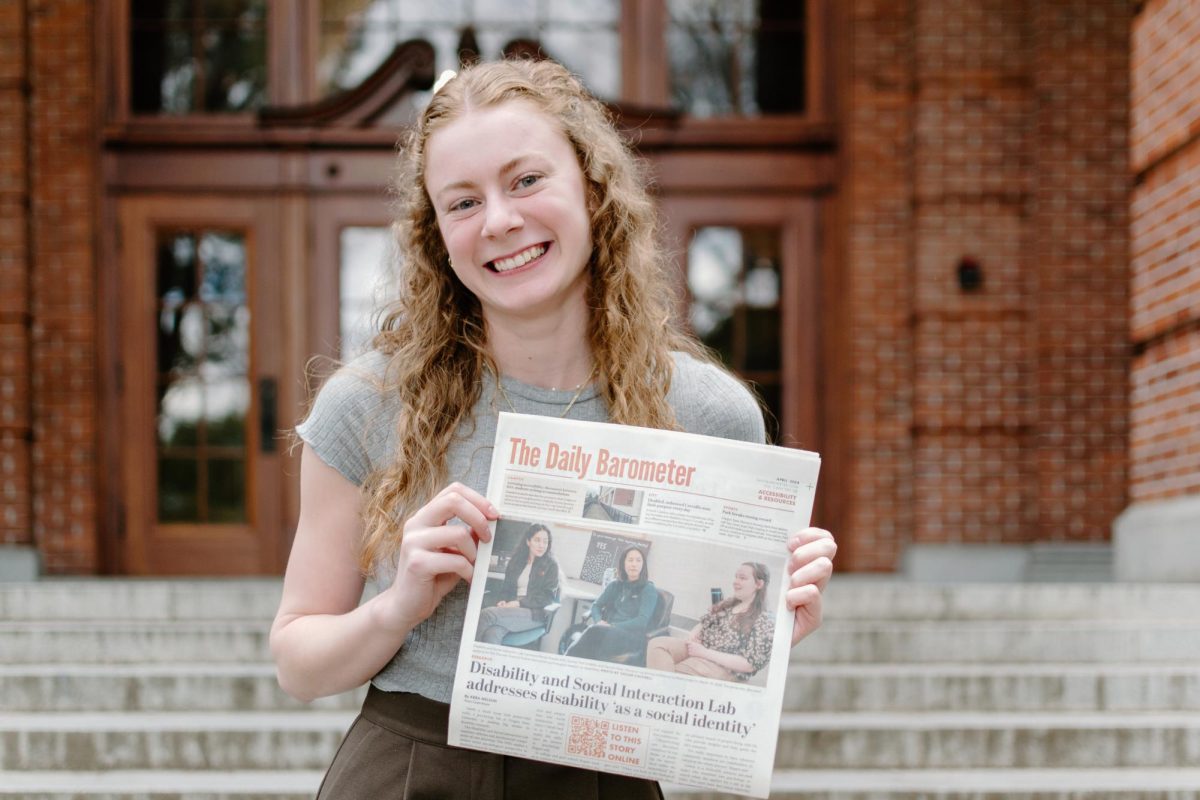

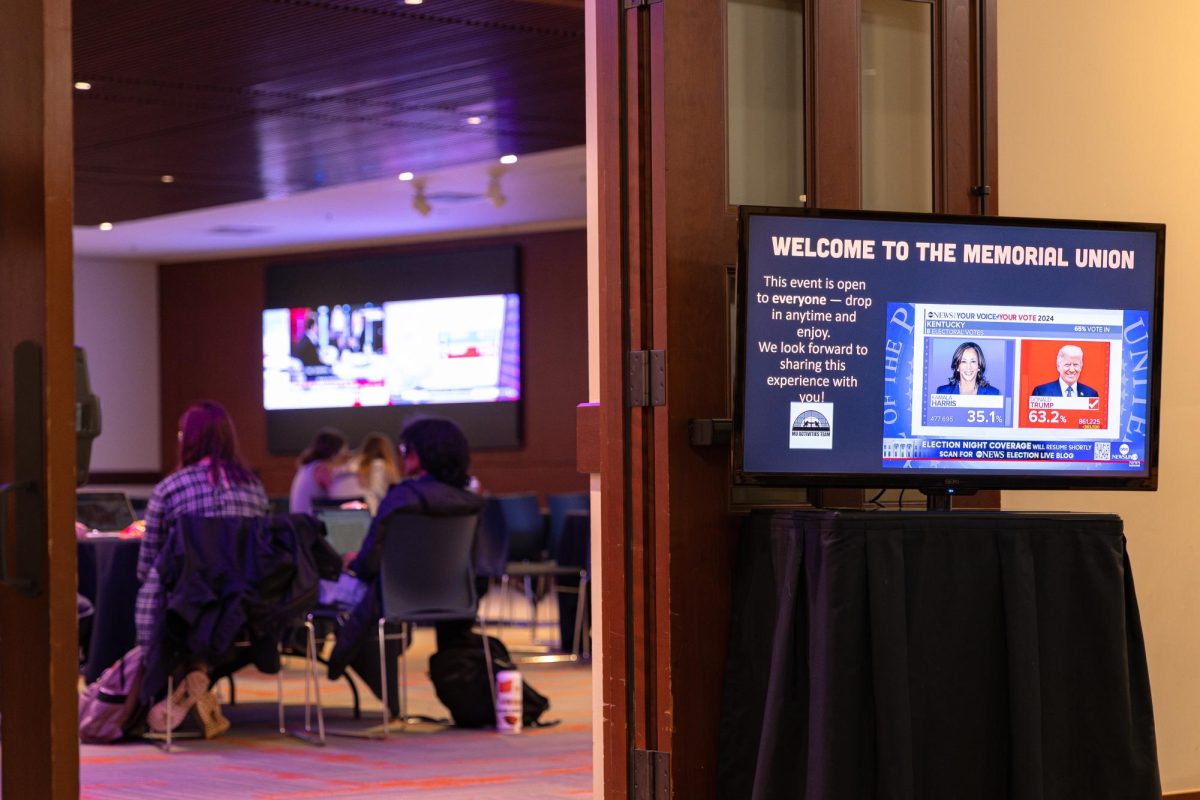



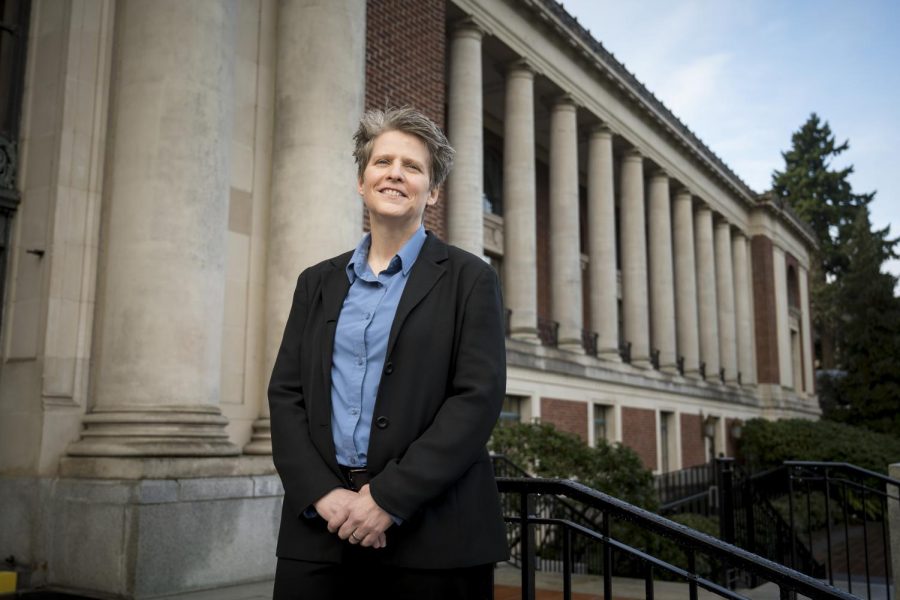





































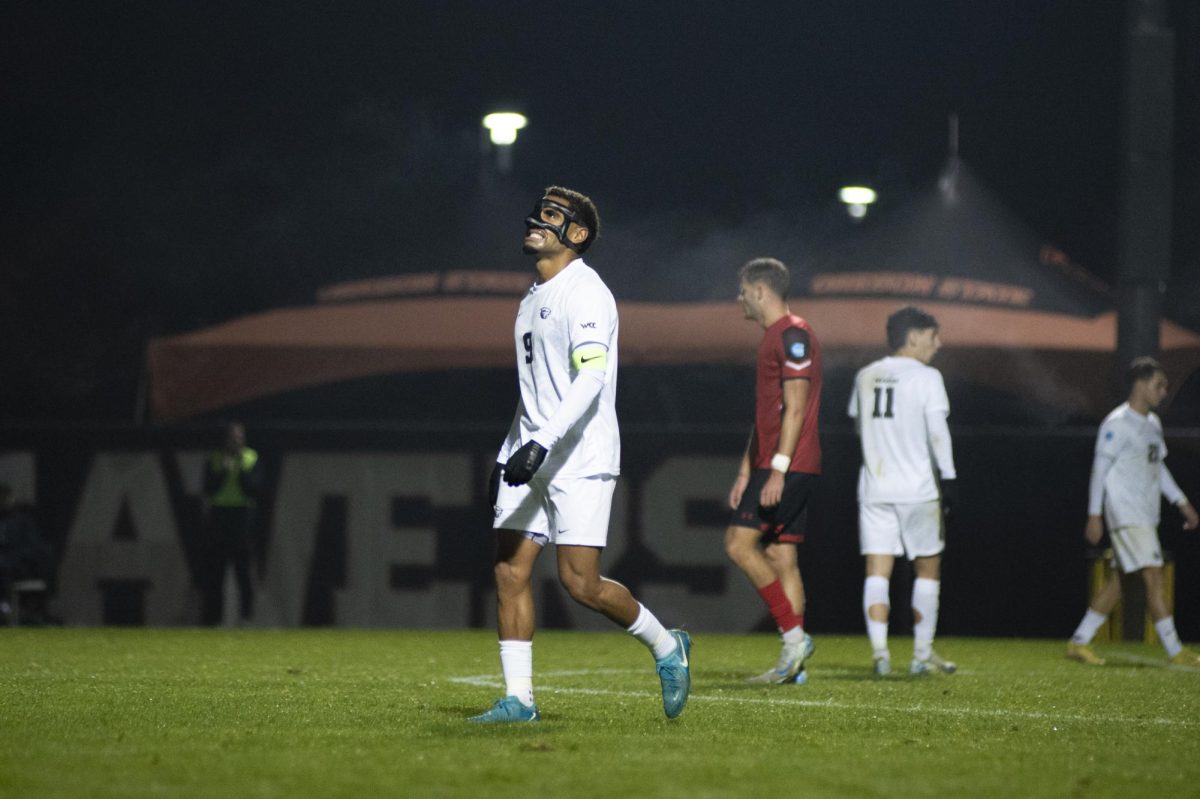
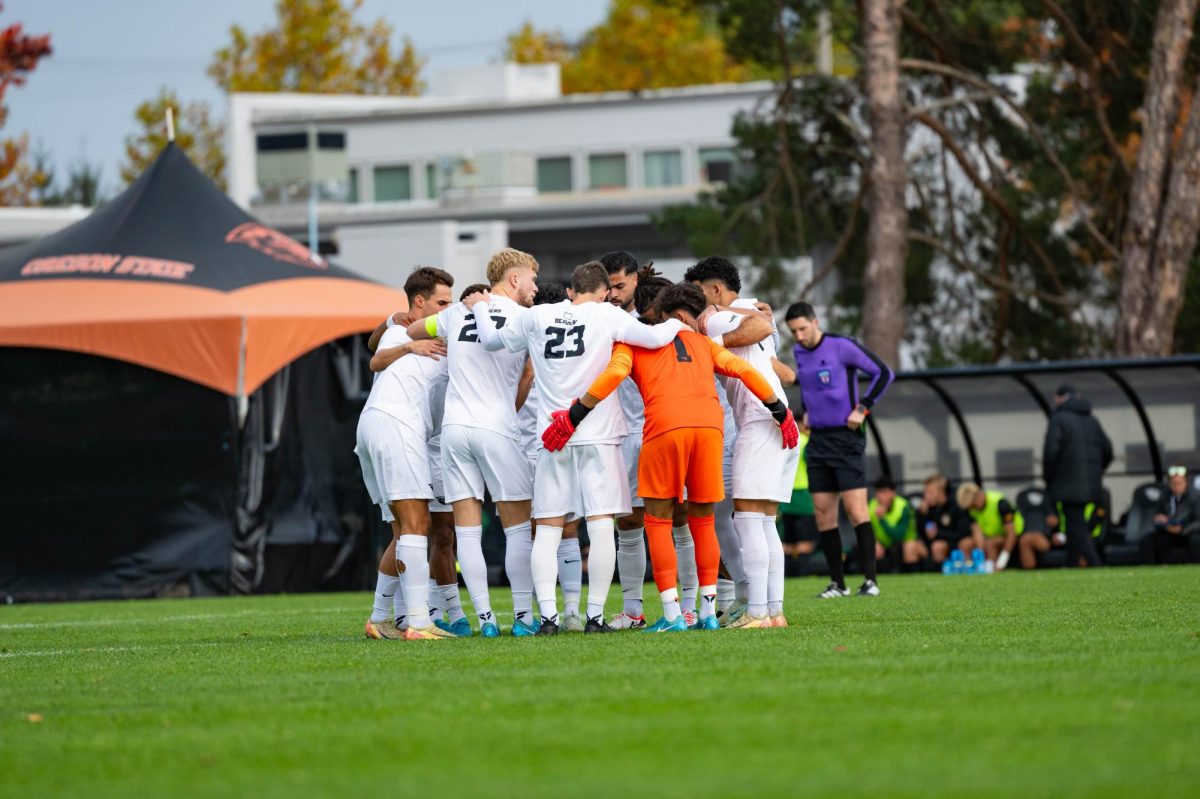






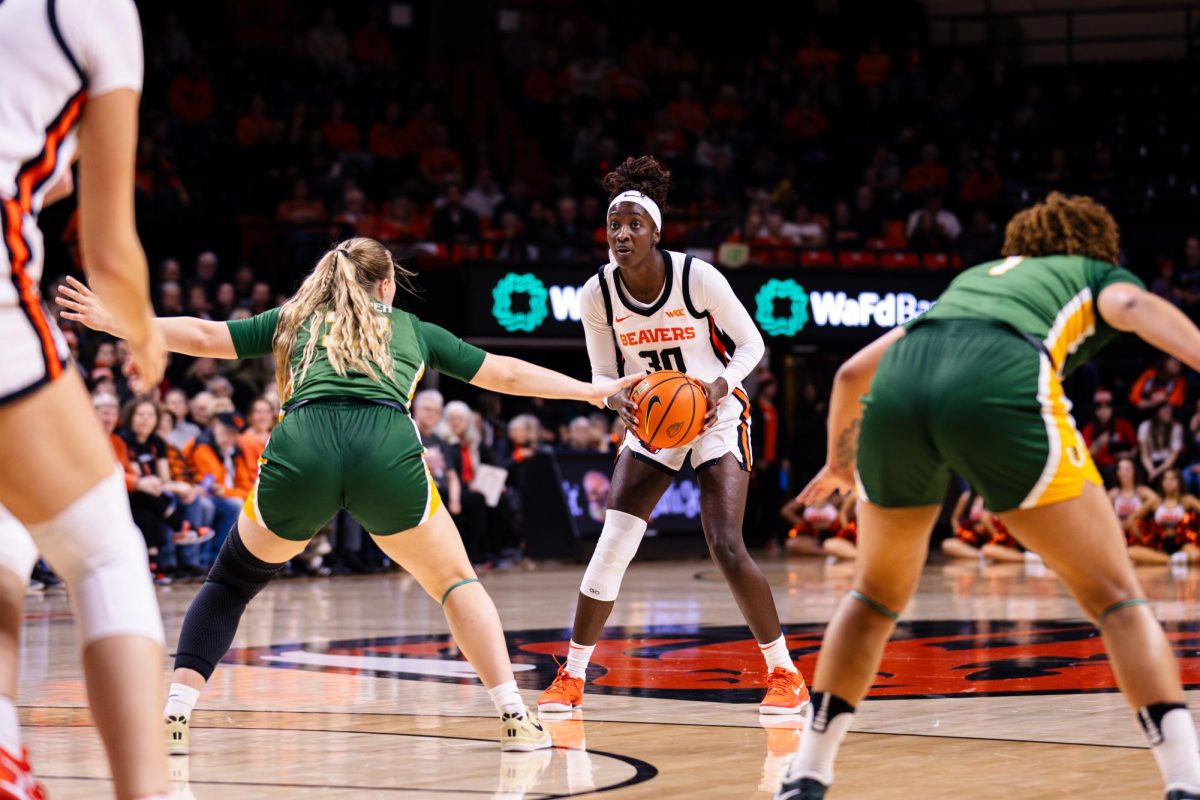
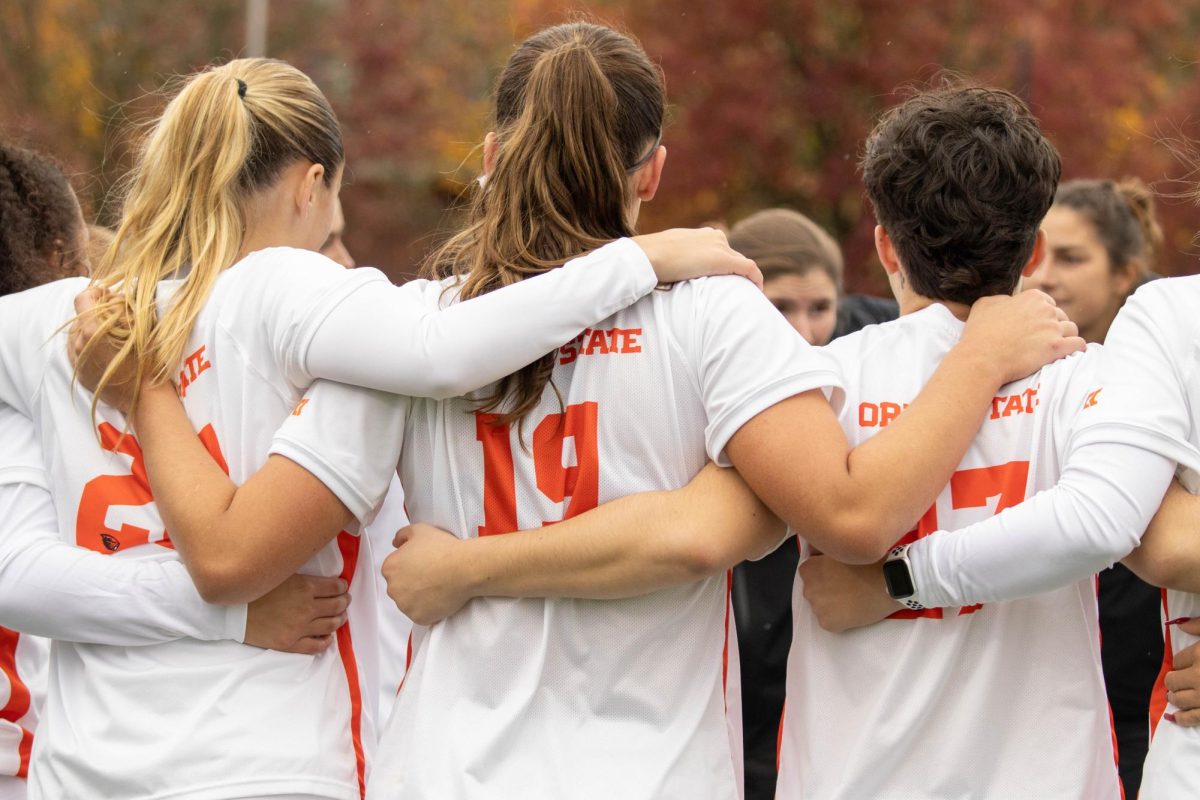
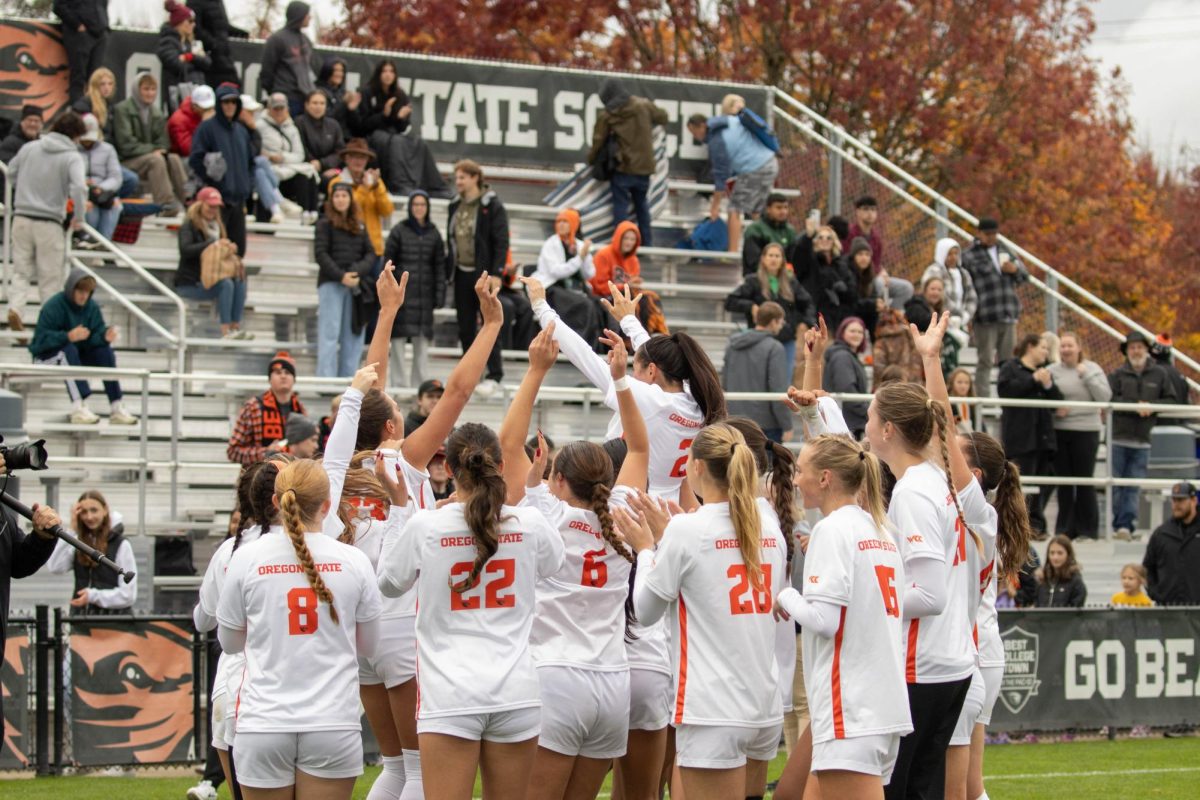









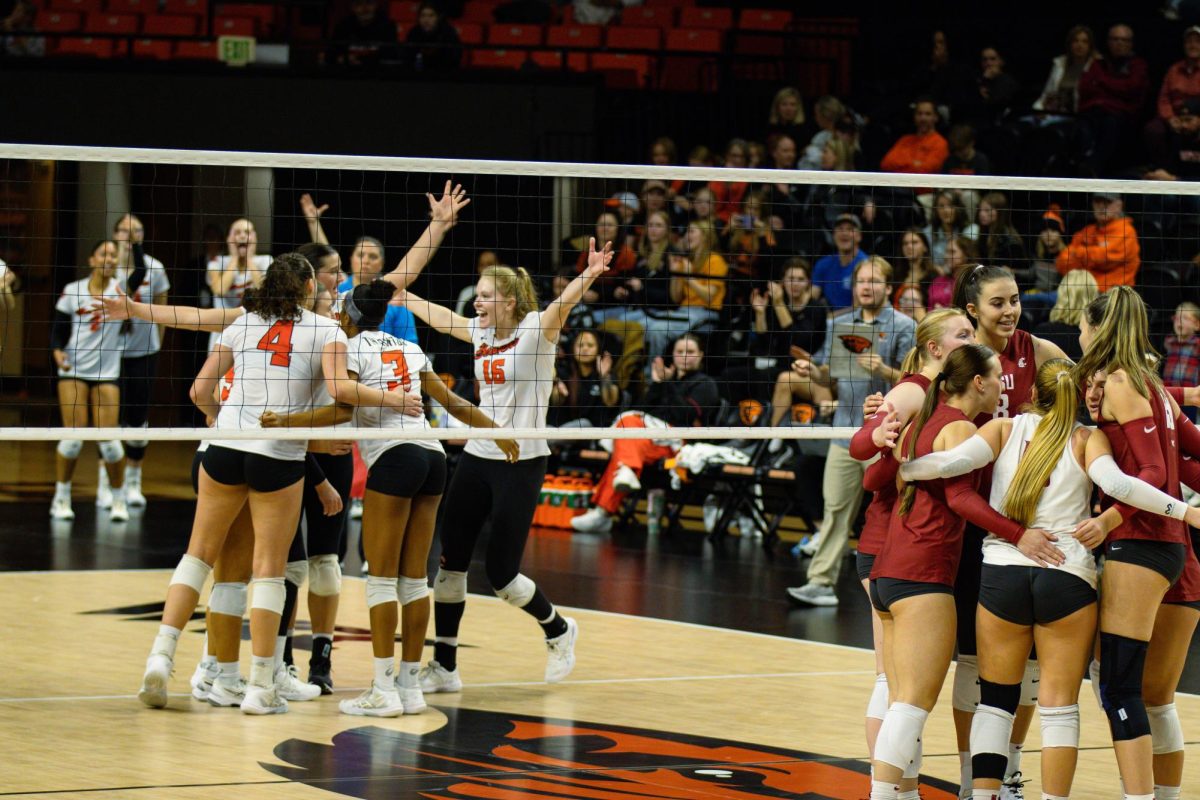

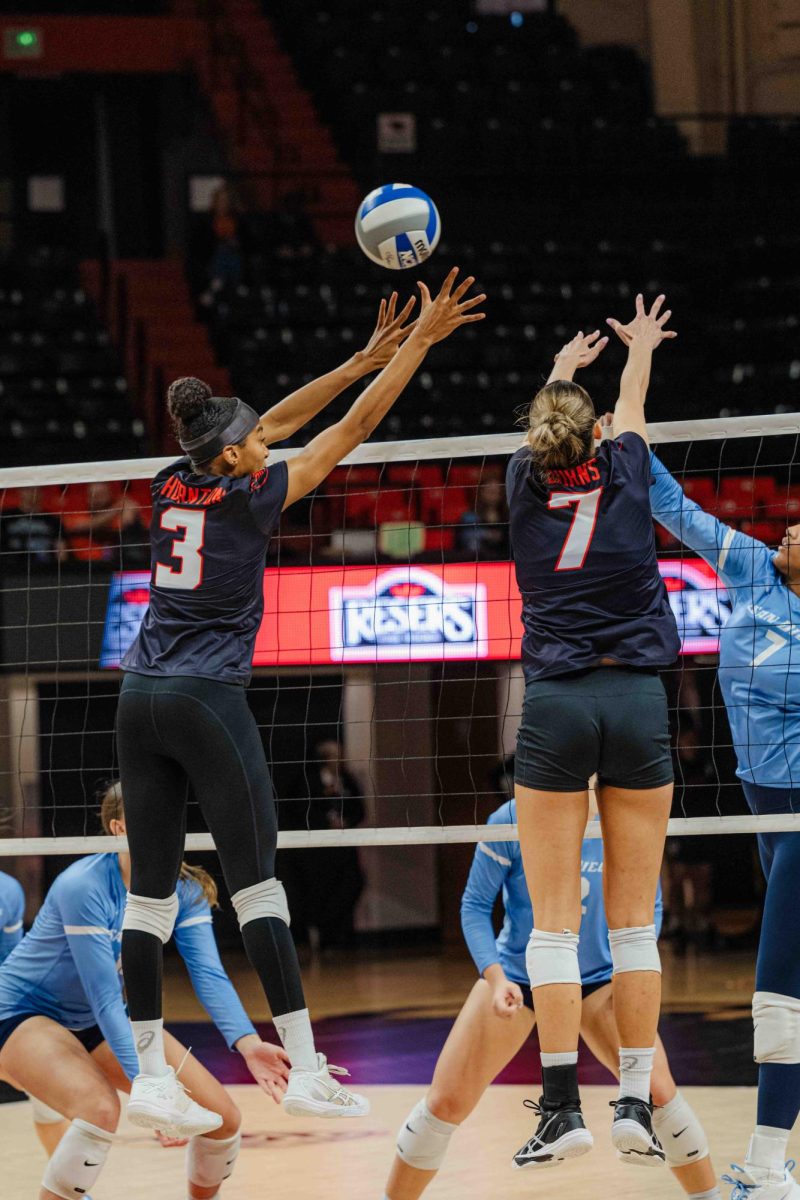
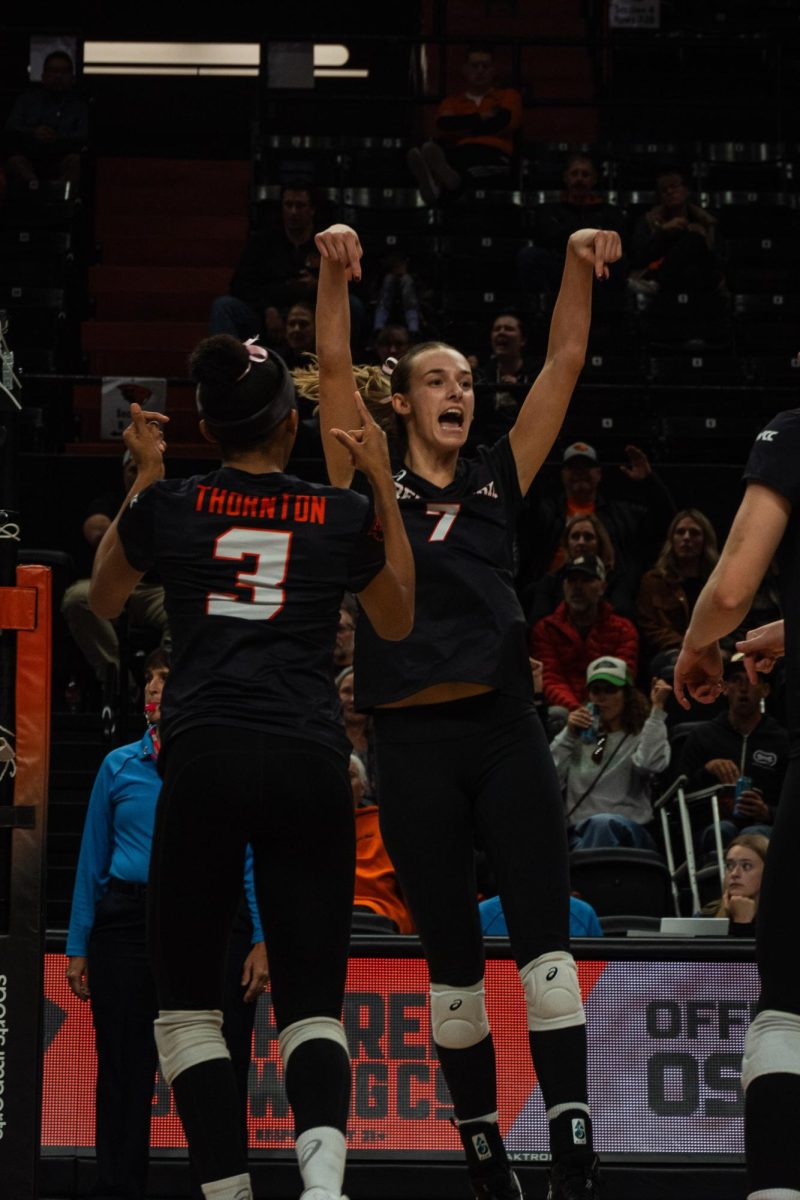













![Newspaper clipping from February 25, 1970 in the Daily Barometer showing an article written by Bob Allen, past Barometer Editor. This article was written to spotlight both the student body’s lack of participation with student government at the time in conjunction with their class representatives response. [It’s important to note ASOSU was not structured identically to today’s standards, likely having a president on behalf of each class work together as one entity as opposed to one president representing all classes.]](https://dailybaro.orangemedianetwork.com/wp-content/uploads/2025/03/Screenshot-2025-03-12-1.00.42-PM-e1741811160853.png)





















